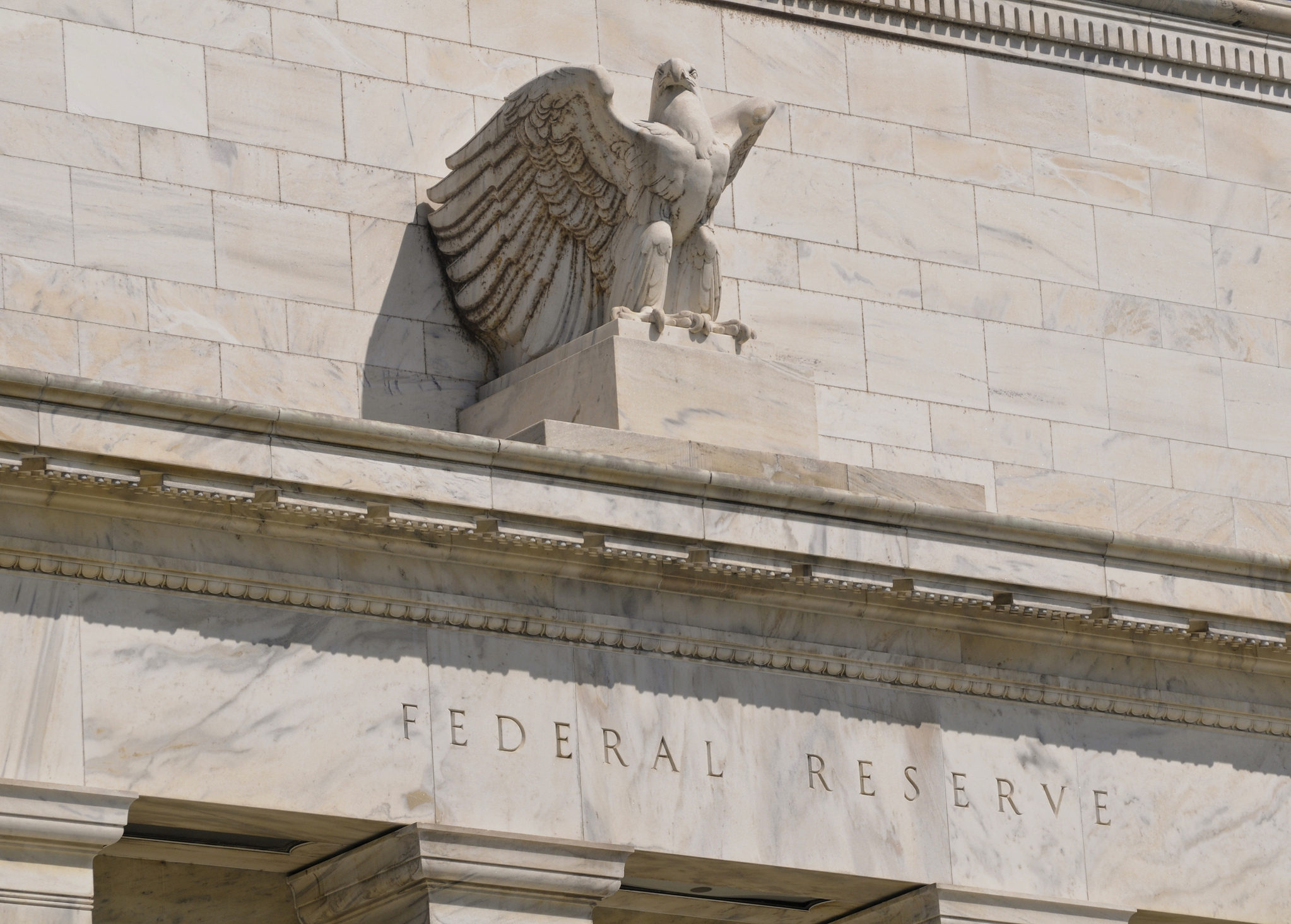What Are ETFs?
Exchange-Traded Funds (ETFs) have revolutionized the investment landscape, offering a blend of the advantages of stocks and mutual funds in a single investment vehicle, while also adapting to evolving market trends and regulatory changes. This comprehensive guide not only aims to demystify the nature and operation of ETFs but also highlights their expanding role, underscored by the strong demand for fixed income ETFs, the rise of active ETF management, and the implications of regulatory shifts such as the T+1 settlement in the US.
These developments reflect ETFs' growing appeal to both novice and seasoned investors who are looking to diversify their portfolios or seek cost-effective ways to invest across a variety of sectors. With ETFs now navigating through an era of heightened focus on sustainability and transparency, understanding these nuances is more crucial than ever for making informed investment decisions, indicating a significant shift towards more dynamic and responsive investment strategies within the ETF domain.

An Exchange-Traded Fund (ETF) is a versatile investment fund traded on stock exchanges, similar to stocks. Each ETF holds a portfolio across various assets—stocks, bonds, commodities, or their combinations—targeted to mirror the performance of specific indices, sectors, or asset classes. Unlike mutual funds, priced at day's end, ETFs are traded at market prices throughout the trading day, enhancing investor flexibility and liquidity.
The landscape of ETFs is evolving with innovations like options-based strategies, including covered call and buffer ETFs, catering to income generation and risk protection. Moreover, the emergence of defined-outcome ETFs reflects a demand for market participation with volatility safeguards. As the ETF arena adapts to include broader socio-political influences, its inherent benefits of liquidity, flexibility, and diversified exposure remain pivotal for informed investment decisions within the dynamic financial markets.
How Do ETFs Work?
Recently, the integration of Financial Information eXchange (FIX) connectivity by issuers like BlackRock has markedly improved this process's efficiency. FIX connectivity enables APs to automate and expand their primary market operations, leading to faster, more frequent transactions across a wider array of ETFs and lowering operational costs and risks. This move towards increased automation underscores a significant shift towards enhanced efficiency within the ETF ecosystem.
Diversification: ETFs indeed offer a way to gain exposure to a broad spectrum of assets through a single transaction, which can mitigate the risk of investing in individual securities. This diversification benefit remains a cornerstone advantage of ETFs, allowing investors to spread their risk across various sectors, geographies, or asset classes.
Transparency: The daily disclosure of ETF holdings is a key feature that distinguishes ETFs from many other investment vehicles. This transparency allows investors to understand precisely what assets they are exposed to at any time, contributing to informed investment decisions.
Cost-Effectiveness: While ETFs are generally more cost-effective than mutual funds, partly due to their passive management approach, it's important to note that not all ETFs are passively managed. There has been a growing trend of actively managed ETFs, which aim to outperform a benchmark index and may carry higher expense ratios than their passive counterparts. However, even with the inclusion of active strategies, ETFs often maintain lower cost structures compared to traditional mutual funds, benefiting from the efficiencies of the creation and redemption process and the competitive market for ETFs.
Types of ETFs

- Stock ETFs: These ETFs track specific indices or sectors within the stock market, allowing investors to invest in a broad market or a targeted sector.
- Bond ETFs: These provide exposure to the bond market, including government, municipal, and corporate bonds, offering a way to earn regular income.
- Commodity ETFs: These ETFs invest in physical commodities, such as gold, oil, or agricultural products, offering a hedge against inflation and diversification.
- International ETFs: Offering exposure to foreign markets, these ETFs allow investors to diversify globally without the need to directly buy and sell securities in foreign exchanges.
Benefits and Risks
Benefits:
- Liquidity: ETFs can be bought and sold at any time during the trading day.
- Diversification: A single ETF can provide exposure to a wide range of securities.
- Lower Costs: Generally, ETFs have lower expense ratios than mutual funds.
- Flexibility: Investors can short sell, buy on margin, and purchase as little as one share.
Risks:
- Market Risk: Like any investment, ETFs are subject to market fluctuations.
- Tracking Error: Some ETFs may not perfectly replicate the performance of their underlying index.
- Liquidity of Underlying Assets: ETFs that track less liquid assets may face higher trading costs and discrepancies between the ETF price and its NAV.
To Put It Short
Exchange-Traded Funds offer a versatile and efficient means to diversify investment portfolios. With their blend of flexibility, cost-effectiveness, and transparency, ETFs have firmly established themselves as a cornerstone of modern investment strategies. Understanding the fundamentals of ETFs can empower investors to navigate the investment landscape more effectively, harnessing the potential of ETFs to achieve their financial goals.
EXPLORE MORE POSTS
Navigating the New Macro Regime: Quantel’s October 2025 Results
Quantel's Premium Portfolios delivered another strong month in October 2025,...
Read Moreby Shyam Sreenivasan
Top 10 Tax Planning Strategies for Hni Commercial Brokers
High-net-worth commercial brokers stand at the intersection of deal-making and...
Read Moreby Irman Singh
Triple Shock Hits Wall Street: Liquidity, Shutdown, Sentiment
U.S. markets are falling due to liquidity stress, government shutdown...
Read Moreby Jerry Yuan
Keep More of What You Earn : Tax Strategies for Physicians
Physicians often find themselves in some of the highest effective tax brackets...
Read Moreby Irman Singh
Trump-Xi Truce in South Korea - A Fragile Pause for Markets
The U.S.–China truce cools trade tensions and supports risk appetite, but it’s...
Read Moreby Jerry Yuan
Intelligent Tax Planning for America’s Wealth Builders
by Irman Singh
Cooling Inflation Paves Way for Fed Cuts, Lifts Equity Sentiment
Cooling inflation data reinforced confidence in a soft-landing scenario,...
Read Moreby Jerry Yuan
Illiquidity: The Silent Constraint in HNwI's Portfolios
Why even substantial wealth can feel inaccessible — and how to design...
Read Moreby Irman Singh
Market Shaken by Renewed U.S. - China Tensions & Credit Fears
Renewed U.S.-China trade tensions and banking concerns triggered a sharp global...
Read Moreby Jerry Yuan
Why a Traditional Financial Advisor May Be Failing You ?
For decades, the traditional financial advisor has symbolized trust, expertise,...
Read Moreby Irman Singh
Fed Minutes Show Split Outlook: Rate Cuts Expected, but Inflation Maintains Caution
Divided Fed, uncertain path ahead — rate cuts are coming, but sticky inflation...
Read Moreby Jerry Yuan
From Insight to Execution: The Algo Way
Algorithmic investing, once the domain of hedge funds and prop desks, has...
Read Moreby Irman Singh
Drug Prices Drop, Pharma Faces a New Game
by Jerry Yuan
AI and Investing : Smarter Decisions, Sharper Insights
Artificial Intelligence (AI) is transforming the way investment decisions are...
Read Moreby Irman Singh
U.S. Tariffs Reshape Markets : Inflation, Supply Chains, and Equity Risks
by Jerry Yuan
The Overlooked Basics of Family Office
Family offices are created to simplify wealth management, protect assets, and...
Read Moreby Irman Singh
First Fed Cut in a Year: Growth Hopes, Softer Backdrop
The Fed’s first rate cut since 2024 signals a cautious pivot as growth stays...
Read Moreby Jerry Yuan
Smart Diversification for Today’s Economy
For high net worth (HNW) investors, diversification is not just about owning a...
Read More




















